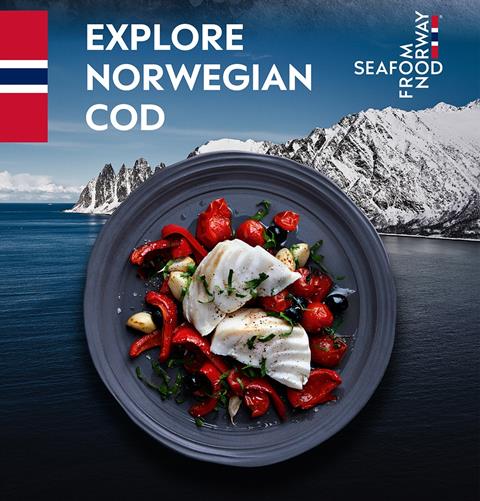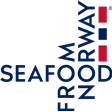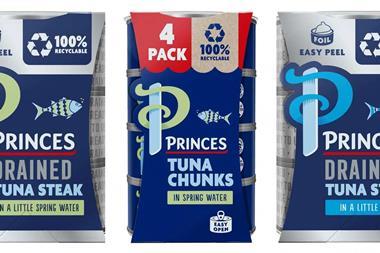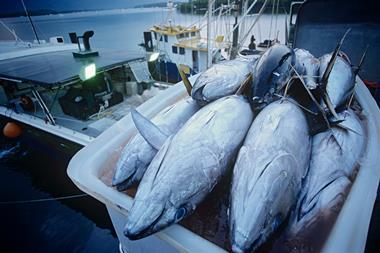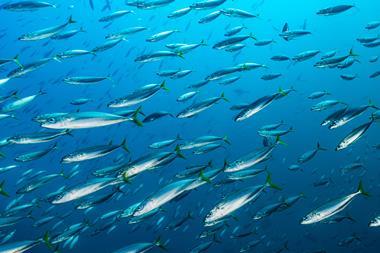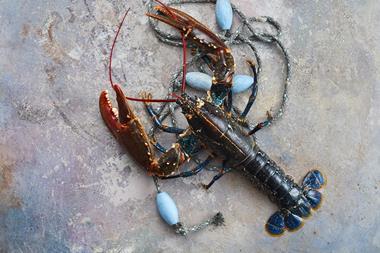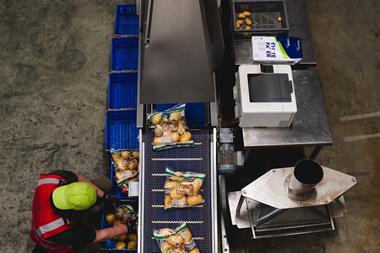Numerous factors are converging to shape the future of the seafood category, significantly impacting retailers. Seafood from Norway explore how to make the most of this evolving category.
The seafood category is undergoing a transformation, driven by evolving consumer preferences, technological advancements, and an increasing emphasis on sustainability and transparency.
For industry stakeholders across the value chain, understanding these dynamics is crucial for staying competitive and meeting the demands of today’s discerning consumers.
Transparency and Sustainability: The Demand for Provenance
Recent deep dive market research by the Norwegian Seafood Council (NSC) with over 18,000 global consumers from across 17 countries, highlights growing consumer awareness regarding the origin of seafood products.
According to the research, 62% of UK whitefish consumers consider origin labelling a critical factor to their purchasing decisions.
This trend underscores a broader shift towards greater transparency in the food industry, fuelled by both consumer demand and regulatory pressures. Governments around the world are enacting legislation to enhance supply chain transparency, prompting the seafood industry to reassess how it guarantees the provenance and sustainability of its products.
Fortunately, technological advancements are providing the industry with tools to meet these challenges. The NSC’s “Oceans of Change” trends report, explores how digital transformation is reshaping the seafood value chain. From the use of QR codes to trace seafood origins, to advanced data analytics that track sustainability metrics, technology is playing a pivotal role in improving transparency, efficiency, and customer experience.
The Rise of Variety and Snackification
As consumer preferences evolve, so does the demand for a broader assortment of seafood options.
NSC’s deep dive research revealed 73% of UK whitefish consumers value a wide variety of seafood offerings when choosing their retailer. This desire for range is coupled with a growing appetite for healthy, convenient, and sustainable protein sources, which is driving innovation accross the industry.
‘Snackification’, as a trend, is on the rise - as consumers shift towards consuming smaller, more convenient meals and snacks throughout the day.
And this is happening for a number of reasons - customers are continuing to prioritise value and are managing basket spend accordingly. As smaller, snack products are typically lower in price, this appeals in the overall make-up of shoppers baskets [Kantar]. In addition, consumers are looking for treats for today – this mission is up 1.9% on the back of 5% growth last year [NIQ].
It’s only relatively recently that we’ve been starting to see the seafood industry respond to these trends with a raft of new products. Fish jerky and high-protein snacks have emerged, catering to consumers looking for health-orientated products keeping them fuller for longer. And there’s now a greater range of bite-sized products like coated fish bites found on the shelves, which work well for those looking for a convenience-led offering, appealing to the family demographic too.

The popularity of chilled, ready to cook solutions, such as seafood protein paired with sauce or compound butter is also growing, accelerated by the pandemic and a desire for value matched with convenience.
Retailers are capitalising on this trend by offering upmarket meal kits and seafood innovations, targeting the increasing number of meals consumed at home.

With health and healthy eating becoming more important to consumers again [Kantar], white fish including sustainably sourced Norwegian cod and haddock features heavily amongst this offering. Whilst salmon, in particular, has seen a surge in popularity, thanks in part to the global poké bowl trend.
This versatile fish has moved on from being solely the focus of sushi and sashimi within chilled food-to-go and concession counters, to now being the star of the ever-popular bowls loaded with a range of toppings, offering a handy, quick and convenient format for health-conscious consumers. Other seafood could certainly fit into and play a bigger role in the food-to-go trend.
“Salmon has been a clear winner in the food-to-go and snacking arena in the UK, first with sushi, then sashimi and now the poké bowl megatrend.” Victoria Braathen, UK Director for the Norwegian Seafood Council
Digital Transformation: The Future of Retail
As the British retail sector increasingly embraces digital technology, the seafood industry is finding new ways to enhance productivity and customer experience.
Artificial intelligence (AI) and data analytics are at the forefront of this transformation, enabling retailers to analyse consumer behaviour, predict demand, and streamline inventory management. Forward-thinking retailers are using algorithms to inform product development, optimise pricing strategies, and personalise shopping experiences.
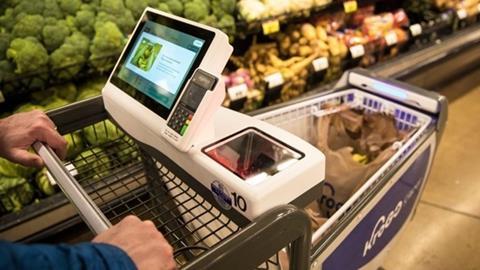
‘Phygital’ shopping experiences – where physical and digital retail environments converge – is an evolving trend, with increasing expansion of in-store media and interactive marketing activations.
These immersive shopping experiences represent a significant opportunity for the seafood category to engage customers in new and innovative ways. For example, QR codes on packaging or on branded recipe barkers can provide valuable information about the provenance and sustainability of seafood products and offer helpful and inspirational recipe content, breaking down potential barriers around cooking with seafood.
Helping shoppers choose seafood products and understand their benefits can be successfully achieved through in-store digital screens featuring animated content and visuals supporting in-store campaigns and exclusive product launches.
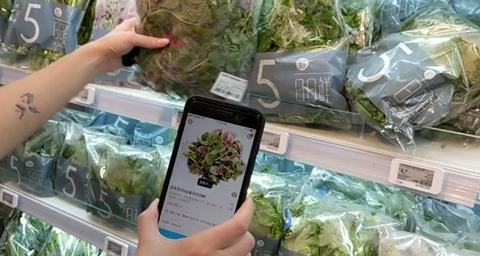
Embracing Change and Driving Innovation
The retail sector is at a pivotal juncture, with numerous factors converging to shape the future of the seafood category.
From the growing demand for transparency and variety to the rise of snackification and digital transformation, there is rapid evolution.
Staying ahead of these trends and being creative across the entire value chain, from product development, right through to marketing campaigns and interactive point of sale is more than a matter of maintaining market share. Retail must meet the changing expectations of consumers who are coming to expect more, as other categories and channels also innovate at pace.
A willingness to innovate and invest in new technologies, learning from other global markets should be at the heart of brand and retailer decisions. But it also calls for a commitment to sustainability and transparency, ensuring that the evolving seafood products offered are not only high quality and responsibly sourced, but that this is communicated to customers in ways that allow them to understand what this means and why it matters. As the industry makes these new waves, those who adapt and innovate will be best positioned to thrive in the dynamic retail seafood market.
Explore Seafood from Norway
Seafood from Norway’s ‘Explore’ campaign has been relaunched this autumn to support the whitefish category in the UK retail space. The national press and socials campaign will see a series of recipe and origin focussed advertising, leaning on the drivers to inspire and educate consumers on the simplicity of seafood cookery, instrumental to driving the category forwards.
Taking inspiration from global cuisines and ingredients a plethora of creative ways to serve Norwegian cod and haddock will be presented – all with the goal of helping consumers to discover, or rediscover delicious, healthy and simple ways to cook with these wholesome whitefish.
To find out more about the Explore campaign click here.
